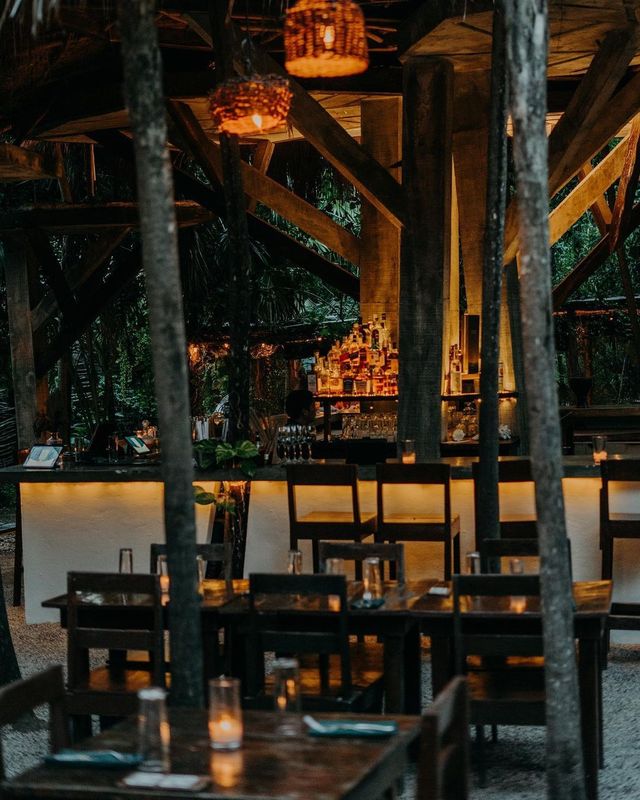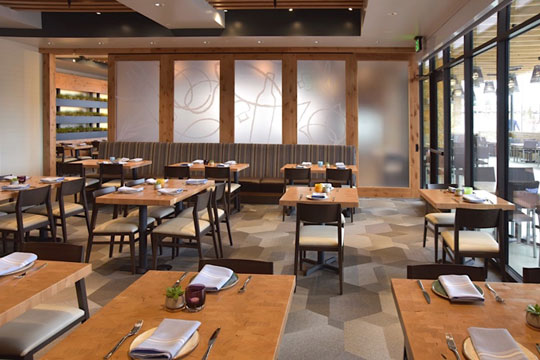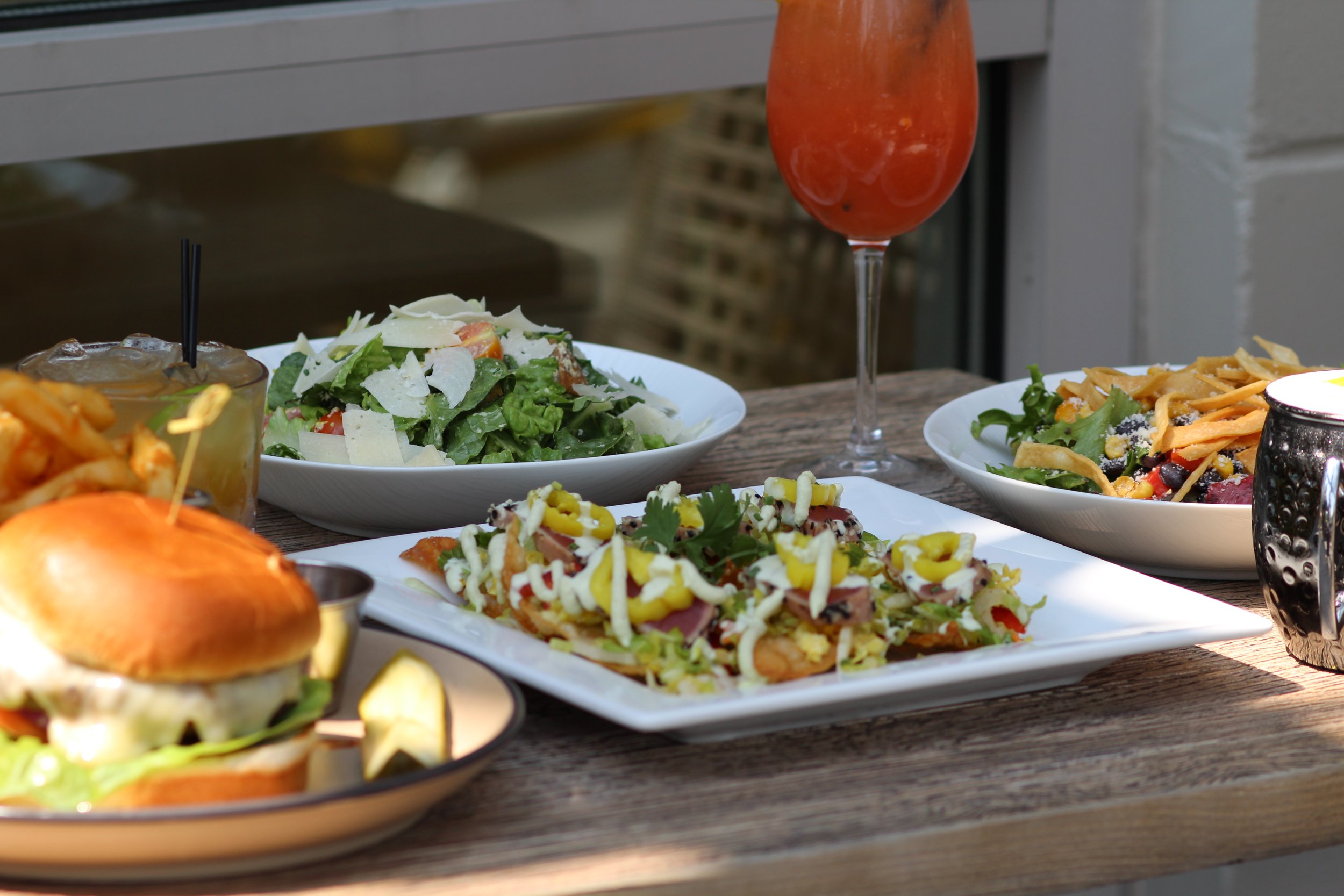Savor Authentic Oriental Cuisine With a Pan-Asian Spin for a Culinary Experience
Starting a culinary journey via authentic Asian food, improved with a Pan-Asian spin, provides an unique chance to discover the abundant tapestry of flavors that specify the area's diverse cooking traditions. This experience invites you to relish the charming balance of tastes-- pleasant, salted, spicy, and sour-- harmonized by fragrant natural herbs and seasonings. Think of the ingenious blend of Thai curry and ramen or the unforeseen delight of sushi burritos. As you ponder these enticing recipes, take into consideration the social narratives and historical impacts that form them, each bite using a tale waiting to be uncovered.

Discovering Pan-Asian Tastes
In the world of global gastronomy, Pan-Asian food stands apart for its amazing variety and the unified interplay of flavors from various Oriental cultures. This culinary approach celebrates the unique components and abundant practices located throughout the continent, producing a tapestry of tastes that is both appealing and gratifying. Secret to Pan-Asian cuisine is its capability to balance contrasting tastes-- sweet, salty, spicy, and sour-- while highlighting the quality and top quality of each component.
From the umami-rich soy sauce of Japan to the fiery chili peppers of Thailand, Pan-Asian cuisine supplies a comprehensive palette of tastes. These components are often combined in innovative means, improving dishes with layers of intricacy. For instance, the usage of aromatic herbs such as lemongrass and cilantro, typical in Vietnamese and Thai cuisine, includes a refreshing illumination to dishes, while the consolidation of coconut milk provides a luscious, abundant texture.
The focus on fresh produce and fragrant spices guarantees that each dish is not only a banquet for the palate yet likewise for the senses. Pan-Asian cuisine welcomes diners to start a cooking journey, checking out the huge and varied landscapes of Eastern gastronomy with every bite.
Fusion Recipes to Try
While Pan-Asian cuisine is commemorated for its standard tastes, the modern culinary landscape is significantly accepting fusion recipes that mix these timeless aspects with influences from various other areas. This ingenious technique not just honors the rich heritage of Oriental cookeries yet likewise presents unique taste experiences that attract contemporary palates.
An archetype of such a blend recipe is the Korean-Mexican taco, where marinaded bulgogi beef is covered in a cozy tortilla, covered with kimchi and a hot gochujang-infused salsa. This mix marries the strong, tasty flavors of Korea with the dynamic, fresh aspects of Mexican food. In a similar way, sushi burritos have obtained appeal, joining together the fragile creativity of Japanese sushi with the passionate, hand-held convenience of a burrito, often featuring combination components like tempura shrimp and avocado with a drizzle of wasabi mayo.
One more significant meal is Thai curry ramen, which instills the luscious, aromatic spices of Thai curry right into the calming broth of typical Japanese ramen, creating a harmonious blend that tantalizes the senses. These blend meals expand past plain novelty; they represent a culinary discussion between cultures, encouraging exploration and technology on the planet of Pan-Asian cuisine.
Crucial Components and Spices
To truly value Pan-Asian cuisine, one have to understand the essential active ingredients and seasonings that develop its structure. This varied cooking style attracts from an abundant tapestry of Asian customs, utilizing an unified blend of flavors and textures.
Fragrant aspects are critical, with garlic, ginger, and lemongrass being ubiquitous across various Pan-Asian recipes. These ingredients offer a great smelling base that improves the intricacy of flavors. Spices such as star anise, cardamom, and cinnamon present warmth and personality, echoing influences from regions like China and India.

Cooking Techniques and Tips
Mastering the art of Pan-Asian food needs experience with its distinct food preparation strategies, each contributing to the vibrant tapestry of tastes this culinary practice is commemorated for. Central to these approaches is the stir-fry, a quick cooking method that preserves the nutritional honesty and brilliant shades of components. Using a frying pan, the stir-fry approach permits even warmth distribution, vital for accomplishing the characteristic structure and taste balance of Pan-Asian recipes.
One more fundamental technique is steaming, especially prevalent in Chinese cuisine. This mild technique keeps the all-natural flavors and nutrients of ingredients, making it optimal for seafood and vegetables. Dumplings, a precious staple, typically gain from steaming, leading to soft, succulent textures.
Barbecuing, additionally indispensable, passes on smoky depths to meals such as Korean bulgogi or Japanese yakitori (asian restaurant isb). This technique typically includes seasoning active ingredients, permitting flavors to penetrate deeply before cooking over an open fire or hot plate
Last but not least, grasping the art of stabilizing flavors-- pleasant, sour, salted, bitter, and umami-- is essential. Effectively layering these aspects can raise a recipe from average to remarkable, using a facility and satisfying cooking experience that embodies the essence of Pan-Asian cuisine.
Eating Experiences Worldwide
Across the world, Pan-Asian food supplies an unparalleled eating experience, commemorated for its abundant tapestry of flavors and vibrant presentations. This culinary phenomenon has actually transcended cultural limits, recording the hearts and tastes of food fanatics worldwide. In cosmopolitan cities fresh York, London, and Sydney, Pan-Asian dining establishments offer as fusions where culinary practices from Thailand, Japan, China, and beyond assemble, providing restaurants with a diverse mix of meals that highlight the area's diversity.
The worldwide charm of Pan-Asian cuisine hinges on its capability to use both authenticity and advancement. Cooks masterfully marry typical active ingredients such as lemongrass, soy sauce, and miso with contemporary strategies, leading to meals that are both refreshingly new and acquainted. This combination allows restaurants to start a culinary journey that respects heritage while embracing modernity.
Furthermore, go to my site eating experiences are raised with attentively created settings that reflect the principles of Pan-Asian aesthetics. From minimal Japanese-inspired insides to vibrant Thai-themed spaces, each dining establishment uses a distinct ambiance that enhances the cooking offerings. Therefore, customers are not merely taking in a meal but partaking in a social experience, making Pan-Asian eating an absolutely international sensation.
Conclusion
The expedition of Pan-Asian cuisine uses an extensive understanding of the elaborate interplay of flavors and cooking practices across Asia. By embracing fusion recipes such as Thai curry ramen and sushi burritos, the cooking journey not just highlights the adaptability of conventional components however additionally showcases ingenious contemporary techniques. This gastronomic adventure, enriched by cooking methods and necessary flavors, gives a distinct chance to value the cultural variety and cooking creativity that specify Pan-Asian food on an international scale.
Beginning on a culinary journey through authentic Asian cuisine, boosted with a Pan-Asian spin, provides a special opportunity to explore the abundant tapestry of flavors that define the region's diverse culinary practices.In the realm of international gastronomy, Pan-Asian food stands out for its remarkable variety and the harmonious interaction of tastes from various Eastern cultures. Key to Pan-Asian cuisine is its capability to stabilize different flavors-- wonderful, salted, spicy, and sour-- while highlighting the freshness and quality of each component.
